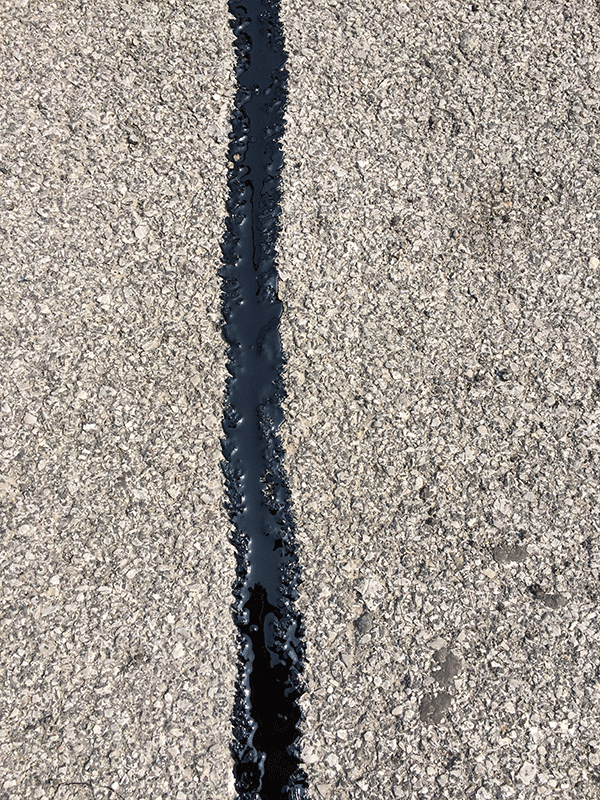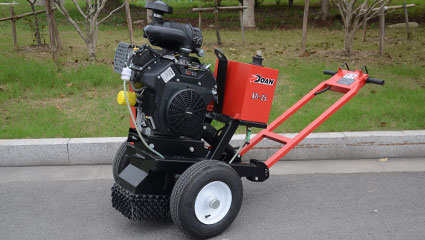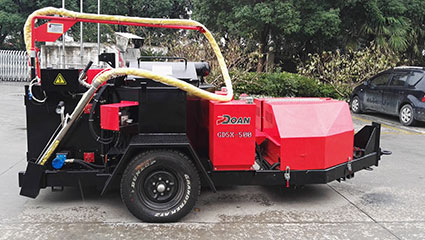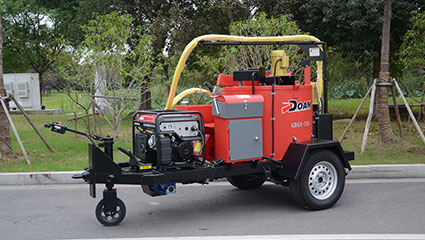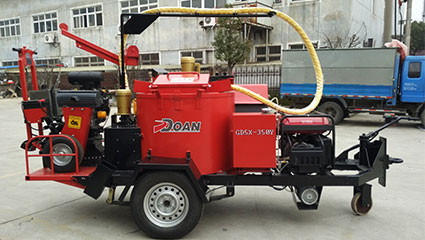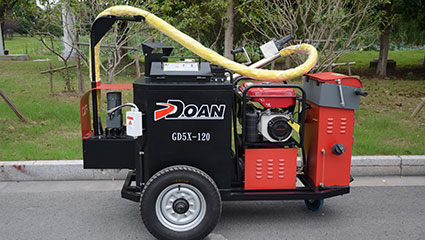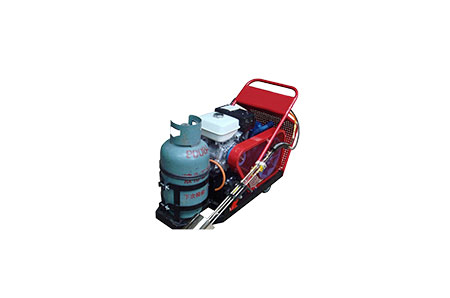Fatigue or Alligator Cracking:
Fatigue cracks are interconnected cracks that are caused under the influence of repeated traffic loading. Roads that face extreme climates and heavily loaded vehicles undergo severe fatigue cracking. It is also referred to as Alligator cracking as the crack pattern resembles the skin of an alligator. Fatigue cracking if not attended causes roughness and may lead to structural failure, water seepage through the cracks and can further degrade to form potholes.
Block Cracking in Roads:
Block cracking is in the form of interconnected rectangular cracks. These types of cracks also cause roughness and water seepage through the cracks.
Longitudinal and Transverse cracking:
Cracks formed in the direction of the traffic flow are termed as longitudinal cracks and those that are formed perpendicular to the traffic flow are called transverse cracks.
Corrugation and Shoving:
It is in the form of a sudden wave in the road surface and is perpendicular
to the direction of traffic flow and is mostly located at the points where a vehicle starts or stops in the road. It causes roughness and discomfort to the driver.
Depression:
Localized road sections with a slight depression, it causes roughness and collects water which may lead to pothole formation.
Potholes: Potholes are bowl-shaped depressions of varying sizes in the pavement surface. They generally have sharp edges. Potholes are most likely to occur on roads with thin surfaces course. They are usually caused when the severity of cracks increases. They cause roughness and rider discomfort and are a major cause of accidents especially at dark times when there visibility is very low.

